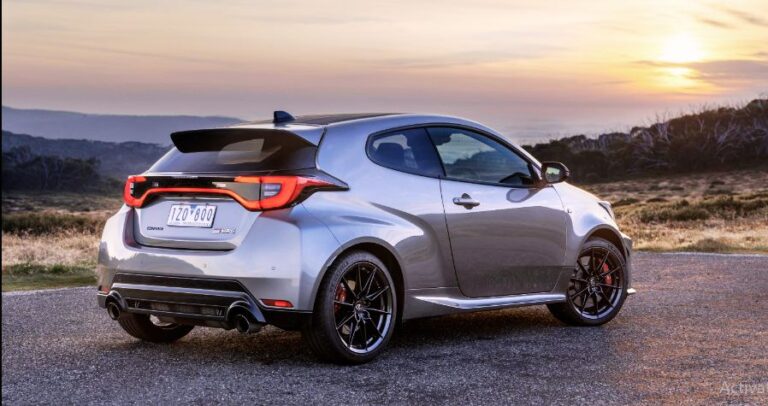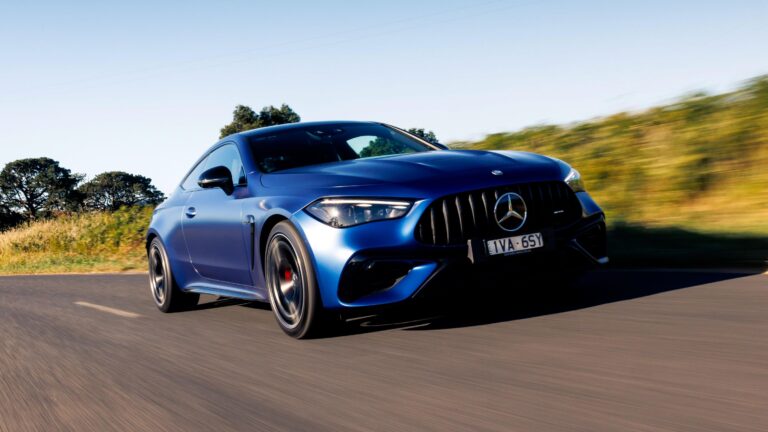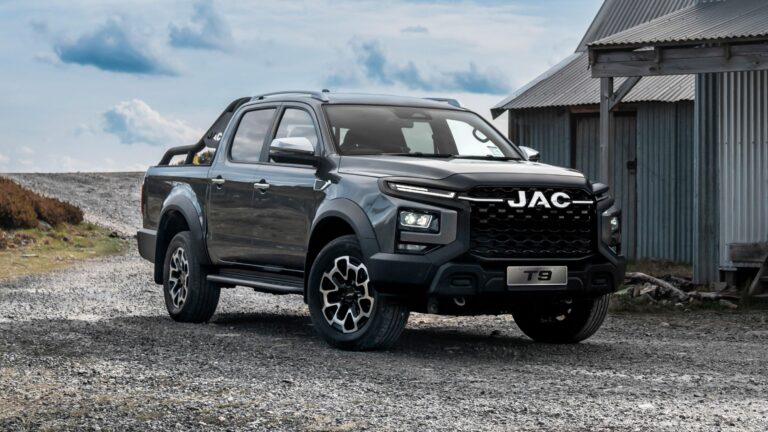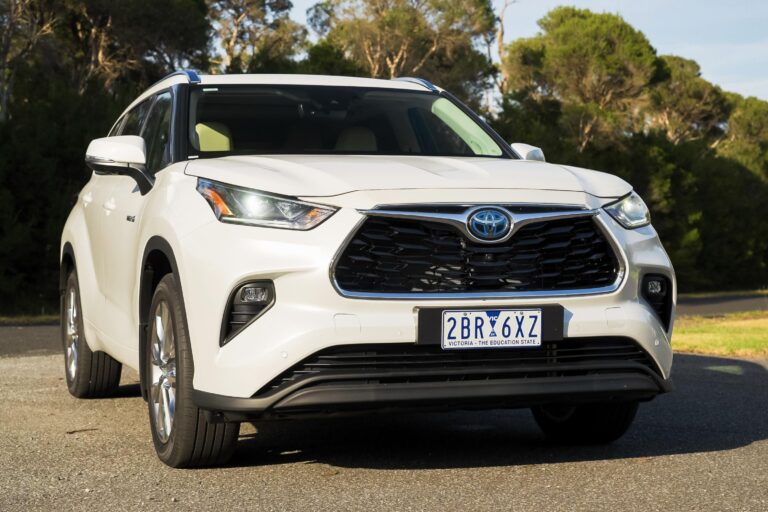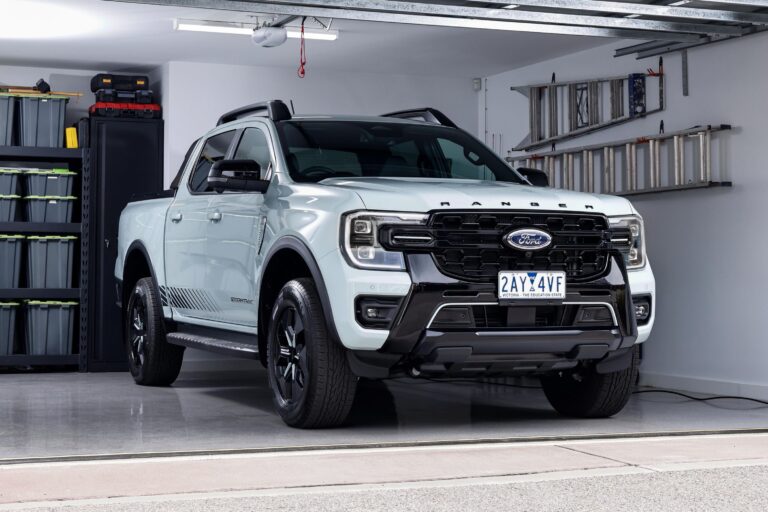2025 Ford Everest Raptor: Everything you need to know
The thought of a 2025 Ford Everest Raptor is pretty cool, but according to Ford, customers have knocked the idea on the head.
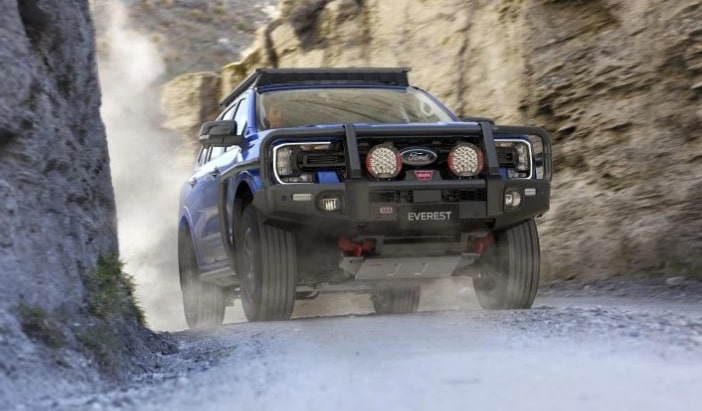
One of the big advantages of the 2025 Ford Everest Raptor sharing platform is the opportunity to combine various types of parts and components. Now, with the Ford Ranger Raptor being such a global hit, is it possible to think of building a Ford Everest Raptor that can “go anywhere”?
A genius idea, of course! But customers have rejected it with a vengeance. Since there was absolutely no demand, the project never saw the light of day.
Speaking to Auto Experts, Ian Foston, chief engineer of Ford’s T6 platform, said, “We didn’t really think about whether to build the Everest Raptor or not. Because people didn’t want it. What’s the point of wasting time on something that’s not in demand?”
“Yeah, you know, we’ve actually talked about it. especially when you talk about the Everest Owners Club, who use the Everest more extreme than the average user,” he said.
“Some of them have said, ‘Hey, wouldn’t it be cool to build an 2025 Ford Everest Raptor?’ But the reality is, I would say we haven’t had a lot of demand for it . Only a few people have asked about it, who aren’t even Ford’s extreme Everest customers.”
The Ford Everest and Ford Ranger are both built on the same basic T6 platform, which means that the work that went into building the next-generation Ranger Raptor could easily be used to build a ‘Raptorized’ Everest.
Powertrain of 2025 Ford Everest Raptor
2025 Ford Everest Raptor Like the redesigned Ranger on which it is based, the new Everest also offers the option of a 3.0-liter turbo-diesel V6 engine, previously used in the F-150 pickup truck.
The previous model’s 2.0-liter bi-turbo diesel four-cylinder engine remains, but the 3.2-liter turbo-diesel five-cylinder engine has been dropped.
Both the 2.0-liter and 3.0-liter turbo-diesels are mated to a 10-speed automatic transmission.
The power output of the new Everest has not yet been confirmed, but the previous model’s 2.0-liter bi-turbo engine produced 157 kilowatts (kW) of power and 500 newton-meters (Nm) of torque, while the 3.0-liter V6 engine in the F-150 made 190 kW and 597 Nm of torque.
A V6 diesel engine is rare in this segment.
The Toyota Fortuner and Prado, the Isuzu MU-X and the Mitsubishi Pajero Sport all come with four-cylinder turbo-diesel engines only. On the other hand, the Jeep Grand Cherokee is ditching the turbo-diesel V6 in its new WL design.
In other markets, the Everest will get the new single-turbo 2.0-liter four-cylinder engine, which is used in the Ranger. It will also get the 2.3-liter EcoBoost petrol four-cylinder engine, which Ford says is its best-selling engine.
The new Everest’s maximum braked towing capacity is now the same as the Isuzu MU-X, at 3,500 kg, if the optional tow pack is taken.
This package includes a trailer light check function, a connection test checklist, and a special towing drive mode.
A trailer brake controller is integrated into the instrument panel, which keeps the trailer braking smooth. It supplies power to the trailer’s electric brakes in proportion to the brake pressure of the towing vehicle. The driver can override this manually if desired.
Selectable drive modes include Normal, Eco, Tow Haul, and Slippery, while 4×4 Trend, Sport, and Platinum models will have Mud/Rusts and Sand options as off-road modes.
Chassis of 2025 Ford Everest Raptor
Overall,2025 Ford Everest Raptor has kept the Everest’s length almost the same as before, but the wheelbase has been increased by 50 mm. The track has also increased by 50 mm compared to the previous model, but there has been no change in width and a slight increase in height.
The Everest uses essentially the same front section as the Ranger, which allows it to use the same engine and steering, although the rear end is a different design as before.
The new Everest still uses Watt’s link suspension and coil springs.
“It’s the same suspension that we have in our current cars, but it’s been tuned a little to improve the comfort experience,” said Foston.
“The Everest has always been popular for its soft comfort on- and off-road. But the increased track has allowed our dynamics team to create a better connection between the car and the driver, which makes for a more controlled and fun driving experience in the city and on the highway,” he added.
2025 Ford Everest Raptor says the new Everest has improved on-road stability and off-road capability thanks to its wider track.
All variants feature a permanent four-wheel drive system, which uses an electronically controlled on-demand two-speed electromechanical transfer case. In addition, various off-road modes can also be selected.
According to Ford, the Everest’s approach angle is much better than before, although departure angle is almost the same. Ground clearance has increased slightly, and the maximum wading depth is 800 mm.
All models have two effective tow hooks at the front. In addition, underbody protection has been provided to protect important parts such as the steering system, engine sump and transfer case.
The Everest’s roof is now capable of carrying 350 kg static load and 100 kg dynamic load, while the Platinum model features unique stand-off roof rails.
Desing of Ford Everest Raptor
Looking from the front, the Everest’s design is based on the 2025 Ford Everest Raptor. But its wider stance, more angular bodywork and finer detailing give it a more powerful and aggressive look.
“The Everest has always been a capable car… but the exterior design of the previous generation didn’t really showcase the capabilities of its powerful chassis,” said Max Wolff, design director for Ford China and International Market Group.
The new Everest’s boxy body is complemented by a bluff front design and C-clamp lighting. Ford has added a strong shoulder line and further squared-off the rear to increase luggage space.
The Platinum variant gets exclusive Matrix LED headlights, which can adjust the light intensity according to speed, and also has static and dynamic bending features.
To set the top-spec Everest apart, it gets an exclusive grille, black roof, and 21-inch alloy wheels, but the changes are not limited to the exterior.
The interior also gets some features exclusive to the Platinum variant, such as quilted leather seats, ambient lighting, and a panoramic sunroof.
All models get Sync 4A infotainment system, which supports wireless Android Auto and Apple CarPlay. All variants except the Ambiente model have a 12-inch portrait-oriented touchscreen infotainment system, while the base model has a 10.1-inch screen.
According to Wolff, “The quality of the new Everest’s soft trim has been significantly improved over the previous one.”
Ford says, Many changes have been made to the car’s interior design to increase comfort during long journeys. Engineers have redesigned mirrors, door seals and even brakes, so that a quieter environment is available inside the cabin.
While the exterior dimensions of the car have remained almost the same, more comfort space has been created inside. More elbow, leg and shoulder room has been provided for front and rear passengers. Ford claims that the Platinum has more headroom than the previous Titanium, despite having a panoramic roof.
The second-row seats can be slid and folded 60:40, while the third row is split 50:50. Both rows can be folded completely flat.
Ford has enlarged the rear window size and changed the angle of the glass, so that more light can enter for third-row passengers.
The third row has more shoulder room and storage space than before, and it is also easier to get in and out. The Platinum variant has a power-folding feature for the third-row seats.
The car has a storage area under the floor, and a small lip or ‘apple catcher’ has been added to the loading area, so that items do not roll out when the tailgate is opened.
Ford says, The needs of female customers have also been important in the development process.
T6 Program Manager Prithika Maharaj said,
“The interior reflects the feedback from our female customers the most.”
She added, “There are many features, including design lighting, pop-out cupholders on the instrument panel, which have been added primarily based on the needs of female customers.”
Safety of Ford Everest Raptor
The 2025 Ford Everest Raptor safety features list has been expanded, although Ford has yet to confirm whether they will be available on all variants. Blind-spot monitoring and rear cross-traffic alert were limited to the Titanium variant in the previous model.
The new Autonomous Emergency Braking (AEB) system has added Pedestrian Detection and now also includes Junction Assist, which will automatically apply the brakes if there is a risk of a collision with oncoming traffic while cornering.
Adaptive Cruise Control has added Stop/Go and Lane-Centering features, which work in conjunction with Traffic Sign Recognition.
Lane-Keep Assist now includes Road-Edge Detection, which will work when driving on rural roads at speeds of 65 km/h to 110 km/h. Avgressive Steer Assist, on the other hand, can use the car’s radar and front camera to detect vehicles in front and provide steering support to the driver to avoid a potential collision.
The Blind-Spot Monitoring and Rear Cross-Traffic Alert features from the previous model have also been further improved.
The Reverse Brake Assist feature works between 2-12 km/h and will automatically apply the brakes if it detects that you are heading towards a vehicle, cyclist or pedestrian behind you.
Blind-Spot Monitoring now also supports Trailer Coverage, if you install the Optional Tow Pack and create a profile for your trailer in the infotainment system. It can support trailers up to 2.4 meters wide and 10 meters long.
For safety, the new Everest has a total of 9 airbags. A center airbag has been newly added, which will protect the two front passengers from colliding with each other during a side impact.
Curtain airbags cover all three rows, and dual front knee airbags have also been provided for the two front passengers.

